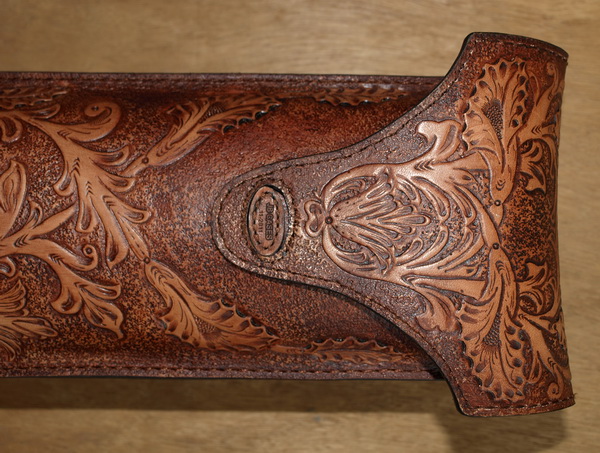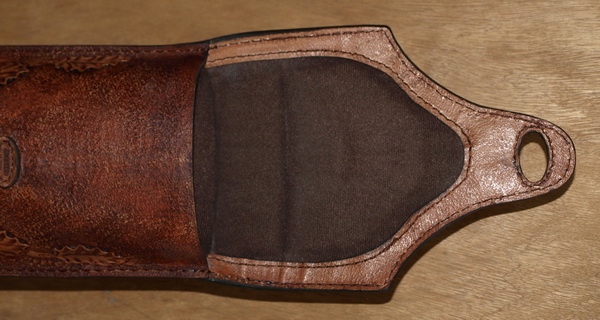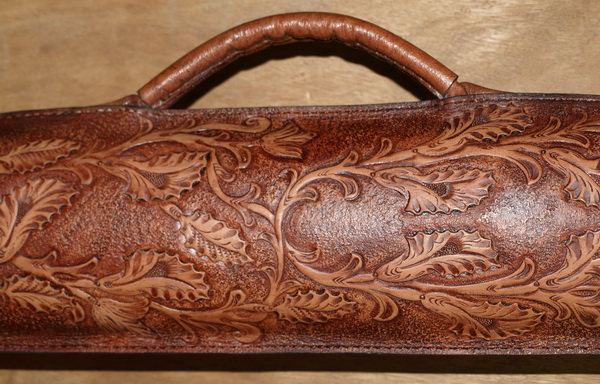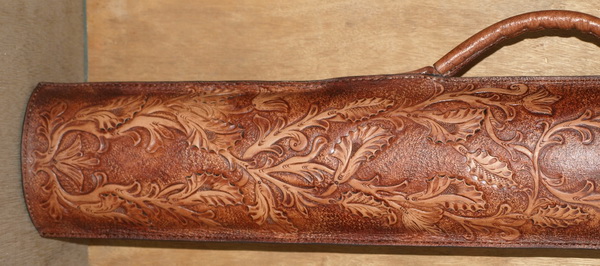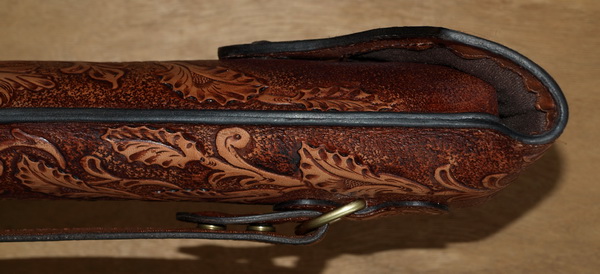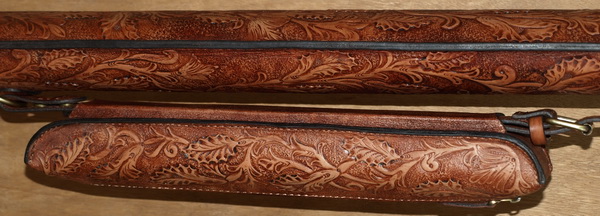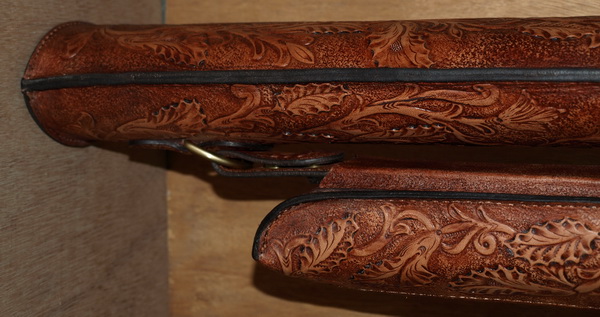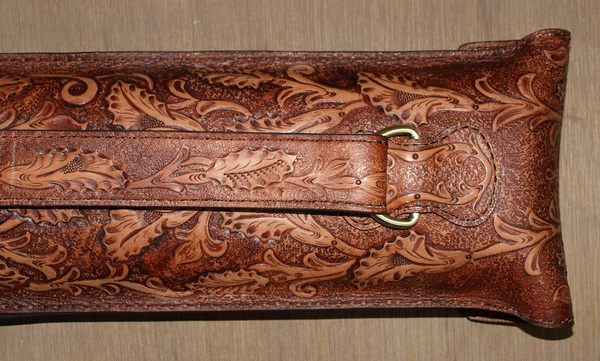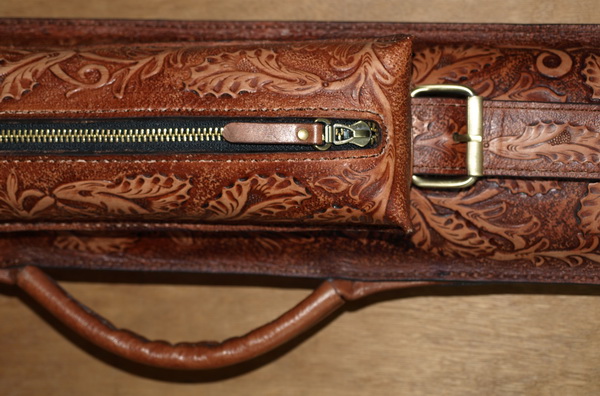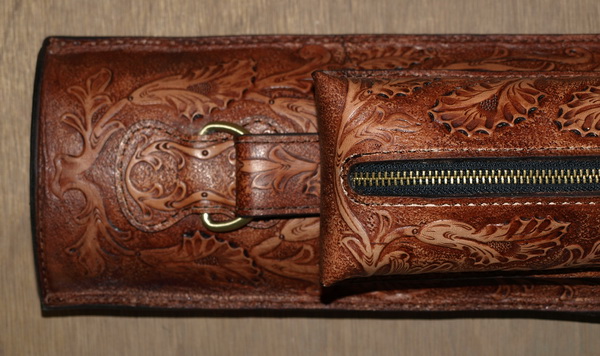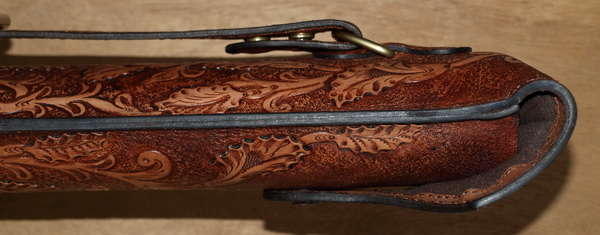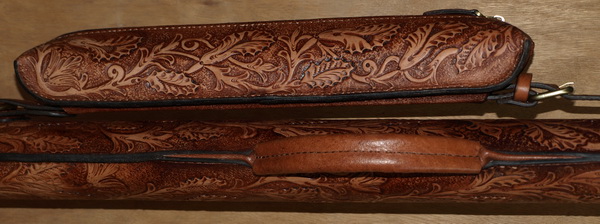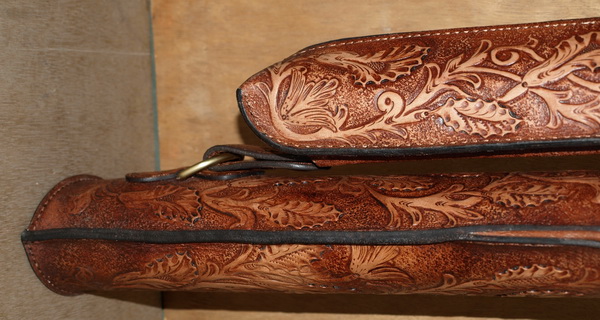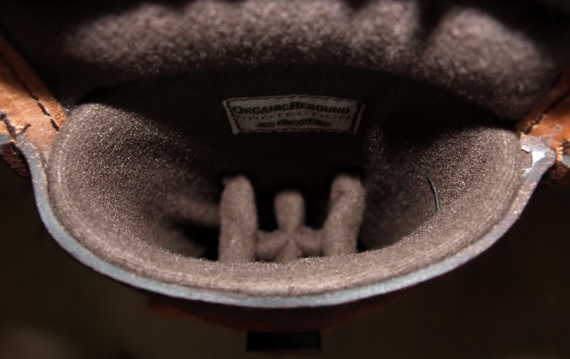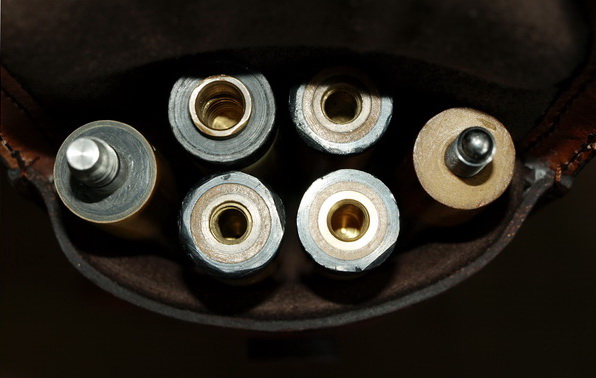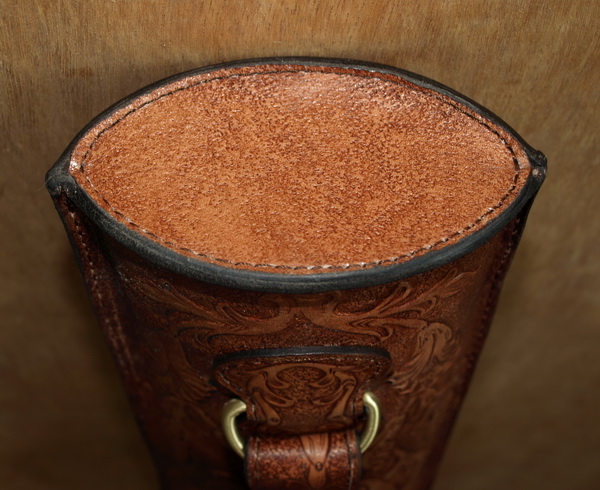You are using an out of date browser. It may not display this or other websites correctly.
You should upgrade or use an alternative browser.
You should upgrade or use an alternative browser.
Durango
- Thread starter JB Cases
- Start date
i like it as well as any yet
make me one without the pouch
be sure to use the black or dark brown interior
also tooling like this one
this is truly magnifiscent
as good as i've seen
thanks john,your cases just keep getting better
i would like tooling like this on the 1x2 i ordered,if its not too late
your pal
dean
make me one without the pouch
be sure to use the black or dark brown interior
also tooling like this one
this is truly magnifiscent
as good as i've seen
thanks john,your cases just keep getting better
i would like tooling like this on the 1x2 i ordered,if its not too late
your pal
dean
nice Case and very classy my Friend:thumbup:
I move to Thailand so maybe I can visit YOU/Shop in China
Ralf
I move to Thailand so maybe I can visit YOU/Shop in China
Ralf
nice Case and very classy my Friend:thumbup:
I move to Thailand so maybe I can visit YOU/Shop in China
Ralf
You're always welcome. I can only offer you a "fake" Harley to ride though
Yum yum awesome!
Beautiful work John :thumbup:
Clint
Clint
John,
Beautiful tooling there! Love it!:thumbup:
Beautiful tooling there! Love it!:thumbup:
Day-um!!!!! I like it!!!! Especially like the pocket on the strap.
Lisa
Lisa
Wow! By the way, me too, I like the way the bottom cap is stitched. Or the way the pouch is attached. Not to mention the tooling. Beautiful case! :thumbup:
Greetings from Switzerland, David.
_________________
„J'ai gâché vingt ans de mes plus belles années au billard. Si c'était à refaire, je recommencerais.“ – Roger Conti
Greetings from Switzerland, David.
_________________
„J'ai gâché vingt ans de mes plus belles années au billard. Si c'était à refaire, je recommencerais.“ – Roger Conti
i like it as well as any yet
make me one without the pouch
be sure to use the black or dark brown interior
also tooling like this one
this is truly magnifiscent
as good as i've seen
thanks john,your cases just keep getting better
i would like tooling like this on the 1x2 i ordered,if its not too late
your pal
dean
Thank you Dean. We can do that for you.
Thank you everyone. This case is the culmination of 4 months of practice by our toolers. I decided at the beginning of the summer to "grow our own" so to speak and we hired two greenhorns with zero tooling experience and were fortunate to get another tooler back who has a little more experience but isn't a great carver. Over the summer they have all spent a lot of time under my guidance studying the great work by Ron Ross, Chan Geer, Bob Park, Peter Main and many others. They have practiced relentlessly working on technique, design, arrangement and coloring. They still have a long way to go to be really good but I am pleased with their progress so far. Me teaching them about tooling is really like the blind leading the blind because I am not a tooler. I can handle the tools and have a basic understanding of the craft but I don't have the patience for it. So I am very proud of what they have been able to accomplish through the books and videos I brought them.
My preference is construction though. And on this I am proud of how these "Chas" cases are turning out. As I have mentioned many times I was not a big fan of the envelope case style. So I never really explored it. And without the insistence of Jive Ong I would not have done these. We did a flat envelope case on a whim and they are ok, I just wanted to prove I could make one that is better than Jack's (so I am an ego-whore, so what?).....
But on this one I really wanted to try to live up to Chas Clements' ideals and create something strong and protective that will last for a long time. I wanted to be a little different than that which we have seen and also wanted to make improvements to the style.
One thing I detest is that invariably the size foot print of this style case is huge. Seriously a 2x4 Brian Bonner is bigger than my 3x6 tube case. This is because the seams sticking out adds another inch to the width. So I wanted to make this one more efficient with a smaller appearance. I reconfigured the interior of a 2x2 tube to hold 2 butts and 4 shafts and made that with our Organic Rebound interior that allows the cues to pop up slightly with a gentle shake. The first one was made with a regular interior and although the cues are still accessible it's not comfortable. So with this interior the cues come right up to just over the lip and are easy to get to. But when stored they stay securely in place and don't rattle.
Next up was the flap. I am not a huge fan of the flap retainer. I think it's cumbersome and really detracts from the appearance of the case. That said I LOVE what Marc Turcasso does with his and how he blends them in so well. And I can see myself growing fonder of flap retainers the more I explore this style. But for now I decided to go with our magnetic puzzle latch to keep it easy and simple to open and close the case. And I think that it brings a new look to the style that we haven't seen before.
Then comes the handle. Handles on this style are always tricky because they have to go over the seam or in the seam. One of my pet peeves is ergonomics and I can't deal with any case, bag, or anything with a handle that hurts my hand after a few minutes of holding it. I didn't want to add retainers on the body of the case as I felt that this would spoil the look. So we devised a way to blend the handle into the seam and still have the comfort of the traditional wrap-around grip found on most high end leather satchels. The load is balanced under the skin with nylon reinforcing the leather so it's strong and durable as well as comfortable.
I want to mention that the tube is completely sealed at the bottom. The cues cannot put any pressure whatsoever on the bottom of the outer skin. A lot of cases made in this style from 30+ years ago made no provision for this and the cues would hit the bottom and eventually tear it out after repeated batterings on the seams.
So, moving on to the part I am probably most proud of. The pocket and strap. I did not want to do a boxy pocket on this case because I felt like a pocket with 90 degree corners didn't really match the shape of the case. Nor did I want to do a pancake-style pouch either with two pieces of leather sewn together. So we came up with this type of pocket which has volume but still stays true to the overall appearance. The strap is a traditional belt style but we made it with the snaps hidden so that no metal would touch the leather and mar it. The retainers are super secure using metal brackets riveted into the leather and we put some tabs over this to make it look pretty.
All in all I am quite pleased with how this case has turned out and am looking forward to doing more along these lines. The pocket-less body lends itself very well to be quite expressive with the decoration or simply allowing the leather to be showcased.
I want to thank Jive again for pushing me in this direction. As much as I respect and revere Chas Clements I really had no intentions in going into this style. Rusty Melton and Marc Turcasso have done a wonderful job of it to date and a few others like Ritch Remo have also done some very nice versions and Al Kinghorn is starting to dabble in them as well. We have a ways to go to catch up to them but it's always good to have someone to look up to. I can say that I definitely have found a new level of respect for this method of case making.
Best,
John
Again thank you everyone.
My preference is construction though. And on this I am proud of how these "Chas" cases are turning out. As I have mentioned many times I was not a big fan of the envelope case style. So I never really explored it. And without the insistence of Jive Ong I would not have done these. We did a flat envelope case on a whim and they are ok, I just wanted to prove I could make one that is better than Jack's (so I am an ego-whore, so what?).....
But on this one I really wanted to try to live up to Chas Clements' ideals and create something strong and protective that will last for a long time. I wanted to be a little different than that which we have seen and also wanted to make improvements to the style.
One thing I detest is that invariably the size foot print of this style case is huge. Seriously a 2x4 Brian Bonner is bigger than my 3x6 tube case. This is because the seams sticking out adds another inch to the width. So I wanted to make this one more efficient with a smaller appearance. I reconfigured the interior of a 2x2 tube to hold 2 butts and 4 shafts and made that with our Organic Rebound interior that allows the cues to pop up slightly with a gentle shake. The first one was made with a regular interior and although the cues are still accessible it's not comfortable. So with this interior the cues come right up to just over the lip and are easy to get to. But when stored they stay securely in place and don't rattle.
Next up was the flap. I am not a huge fan of the flap retainer. I think it's cumbersome and really detracts from the appearance of the case. That said I LOVE what Marc Turcasso does with his and how he blends them in so well. And I can see myself growing fonder of flap retainers the more I explore this style. But for now I decided to go with our magnetic puzzle latch to keep it easy and simple to open and close the case. And I think that it brings a new look to the style that we haven't seen before.
Then comes the handle. Handles on this style are always tricky because they have to go over the seam or in the seam. One of my pet peeves is ergonomics and I can't deal with any case, bag, or anything with a handle that hurts my hand after a few minutes of holding it. I didn't want to add retainers on the body of the case as I felt that this would spoil the look. So we devised a way to blend the handle into the seam and still have the comfort of the traditional wrap-around grip found on most high end leather satchels. The load is balanced under the skin with nylon reinforcing the leather so it's strong and durable as well as comfortable.
I want to mention that the tube is completely sealed at the bottom. The cues cannot put any pressure whatsoever on the bottom of the outer skin. A lot of cases made in this style from 30+ years ago made no provision for this and the cues would hit the bottom and eventually tear it out after repeated batterings on the seams.
So, moving on to the part I am probably most proud of. The pocket and strap. I did not want to do a boxy pocket on this case because I felt like a pocket with 90 degree corners didn't really match the shape of the case. Nor did I want to do a pancake-style pouch either with two pieces of leather sewn together. So we came up with this type of pocket which has volume but still stays true to the overall appearance. The strap is a traditional belt style but we made it with the snaps hidden so that no metal would touch the leather and mar it. The retainers are super secure using metal brackets riveted into the leather and we put some tabs over this to make it look pretty.
All in all I am quite pleased with how this case has turned out and am looking forward to doing more along these lines. The pocket-less body lends itself very well to be quite expressive with the decoration or simply allowing the leather to be showcased.
I want to thank Jive again for pushing me in this direction. As much as I respect and revere Chas Clements I really had no intentions in going into this style. Rusty Melton and Marc Turcasso have done a wonderful job of it to date and a few others like Ritch Remo have also done some very nice versions and Al Kinghorn is starting to dabble in them as well. We have a ways to go to catch up to them but it's always good to have someone to look up to. I can say that I definitely have found a new level of respect for this method of case making.
Best,
John
Again thank you everyone.
John...it seriously wasn't difficult getting you to make me that oversized envelope case, i just had to pester you and annoy you long enough and you caved. Just joking...
I do however want you thank you instead for taking on this challenge, i guess the project simply hit your sweet spot since it was such a challenge. I love the case and i'm glad you and your other clients like it as much as i do.
I'm looking forward to seeing more variations on this case john, should be exciting!
I do however want you thank you instead for taking on this challenge, i guess the project simply hit your sweet spot since it was such a challenge. I love the case and i'm glad you and your other clients like it as much as i do.
I'm looking forward to seeing more variations on this case john, should be exciting!


